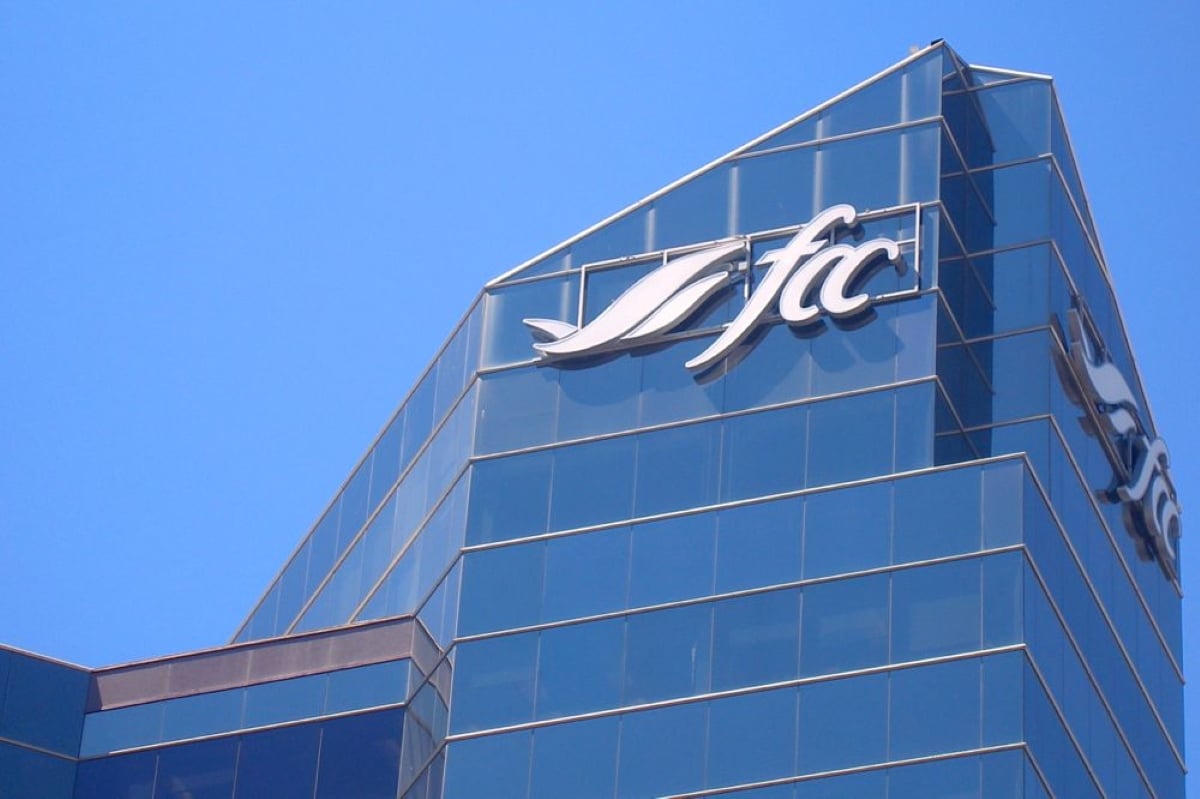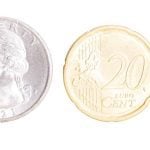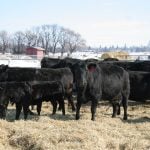For lifelong Angus breeder Craig Spady, the 2002 Calgary Bull Sale was
a big-time payoff when his two-year-old red bull became the top seller.
While the bull stood second in its class, the three-way partnership of
Cattle Creek Ranching Ltd, Cameron Farms and White Lake Colony moved it
to the winner’s pedestal of the 102nd annual sale by paying $25,000.
Although an icy blast of March winter and a sluggish bull market saw
this year’s overall average drop, Spady is confident demand is going to
Read Also

Lending policy still focused on primary producers: Farm Credit Canada
Farm Credit Canada said it has not changed its business practices and remains committed to supporting all producers, after a report from an Ottawa-based media outlet claimed otherwise.
bounce back.
Last summer’s drought resulted in heavy culling on Alberta ranches. Old
cows and bulls went to market rather than overwinter on expensive feed.
A hefty dump of snow during sale week has already restored optimism
that the grass may green up in another month.
“I would think with the snow, a few more guys will be looking for
bulls,” said Spady, who ranches with his father Tom at Rivercrest Angus
between Galahad and Alliance in central Alberta.
The spring snow has also created cautious optimism at Hirsche Herefords
near High River, Alta.
First time winner of the Hereford grand champion banner at Calgary,
Annette Hirsche said come May or June, private sales are apt to be
strong if timely moisture refills the dugouts and rebuilds pastures.
“You have to accept the trends in this business,” she said.
Their two-year-old grand champion sold for $10,000 to Elwood and Teri
Kumbula of Rich Lake, Alta. The Hirsches also had the high selling
Hereford at $12,000, which was sold to Little Fort Herefords at Little
Fort, B.C.
The reserve Hereford was from Pyramid Herefords of Clive, Alta., and
sold for $7,500 to Robert Jackson of Drumheller, Alta.
The 484 bulls sold at this year’s auction totalled $1.644 million and
averaged $3,398. Last year’s sale of 501 bulls totalled $1.9 million
with an average of $3,954.
Broken down by breed, 166 Angus brought in $549,600 to average $3,310,
51 Charolais sold for $151,700 to average $2,975, 189 Herefords sold
for $716,750 to average $3,792.
Salers fetched $55,800 to average $2,426 and 55 Simmentals sold for
$170,850 to average $3,106.
The grand champion Angus was entered by Wayne Sibbald of Calgary and
sold for $8,000 to Wildman Livestock of Sangudo, Alta.
The reserve was from Coldstream Ranch of Airdrie, Alta., and sold for
$4,200 to Tschetter Colony of Irricana, Alta.
The Charolais grand champion was from Target Cattle Co. of Calgary and
sold for $4,500 to Walter Mix of Castor, Alta., and the reserve came
from P & H Ranching Co. Ltd. of Innisfail, Alta. It was purchased for
$4,700 by Gordon and Neal Church of Balzac, Alta.
The Saler grand champion was entered by Czech-Mate Salers of Carstairs,
Alta., and sold for $3,600 to Willow Green Ranches of Strathmore, Alta.
The reserve Saler was entered by Miller Salers of Milk River, Alta.,
and went to Ethan Hall of North Dakota for $3,500.
Miller Salers also had the highest-selling Saler bull, which Ken Haraga
of Skiff , Alta., bought for $3,800.
The Simmental grand champion was entered by New Trend Cattle of
Strathmore and sold for $6,400 to Wheatland Colony of Rockyford, Alta.
The high seller and reserve was sold by Deeg Simmentals of Lyalta,
Alta., for $6,500 to Gordon Turner Farms Ltd. of Blackie, Alta.















